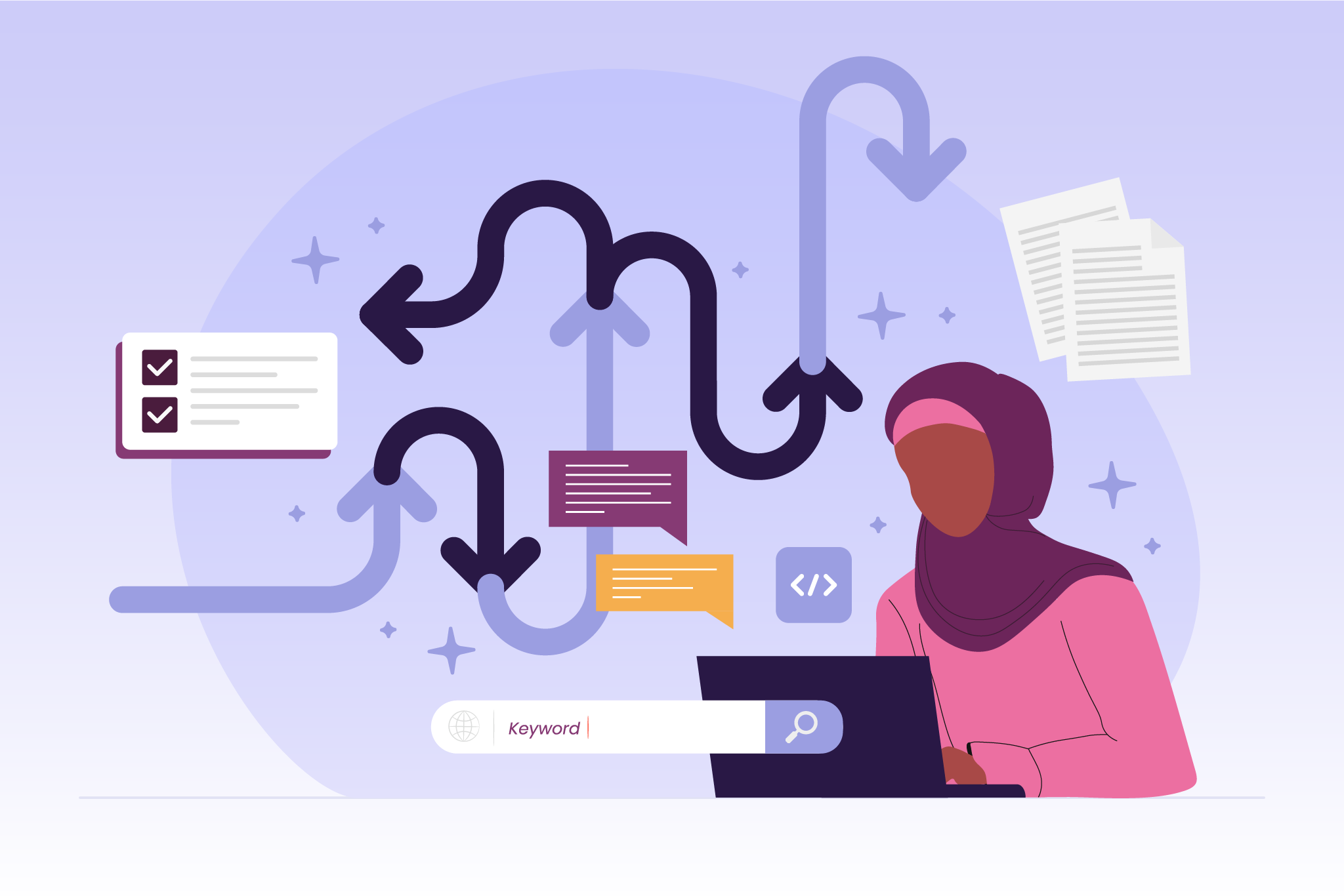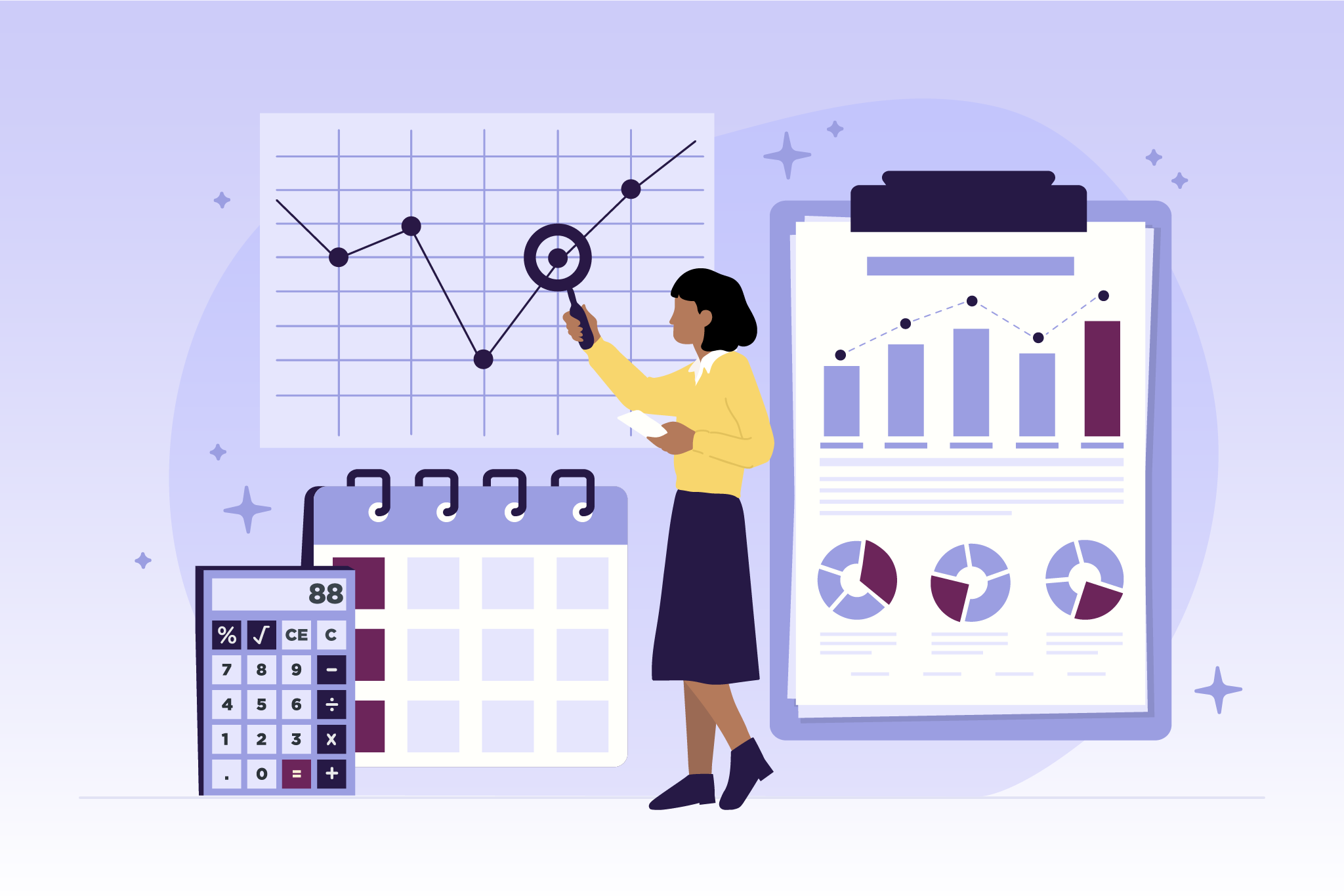Explaining the importance of customer retention for your Amazon brand
To be successful on Amazon, it’s no longer as simple as just listing and selling products. With many sellers and established brands competing for the same sets of eyeballs, it is crucial to develop a customer retention program that will help your Amazon business maintain its customers, and increase your profit margin over time. Customer Retention refers to the ability of a company’s clients or buyers who have already purchased goods from you in one marketing period, but may not be purchasing these same items again during future periods because they either abandoned their purchase(s) due to lack of interest; unsubscribed upon receiving enough product at once so as not need another shipment within a given timeframe (a more common problem than you may think); or just weren’t satisfied with what was delivered.
Acquiring new customers vs. retaining your existing ones
Customer acquisition costs are only going to increase, while customer retention is becoming easier. For example, the cost of acquiring a new customer has risen dramatically in the past couple years due to the explosion in Amazon seller numbers, and causing ad platforms to become oversaturated with sellers advertising their products. Whilst competition is good and healthy, a crowded Amazon marketplace obviously makes it far more difficult for individual seller brands to stand out. In contrast to this trend, retaining existing customers is far cheaper than acquiring new ones. Loyal customers are not only more profitable, but they also often spend more, shop more often, and invite their friends and family to join them.
The data doesn’t lie: Increasing customer loyalty brings companies better sales volumes, and greater ROI.
A recent deep-dive by Nozzle into our Amazon seller data found that just a 1% percentage-point increase in customer retention can increase a company’s revenue by 7%. That’s a 7x multiplier just by focusing on the customers you already have access to. And on top of that, on average, loyal customers are worth up to 10 times as much as their first purchase (i.e., their lifetime value), so it makes sense to refocus your sales strategy on the customers you already have access to.
Analyzing valuable customers and how to improve retention
So how do you improve customer retention? Firstly you need to be able to measure it. To do that, you also need to be able to accurately calculate a lifetime value (CLV), or profit per customer. Fundamentally, CLV is a metric that helps you predict what customers are likely to buy, how often, and when, and this enables Amazon sellers to create a far longer-term strategy.
To calculate CLV with any degree of accuracy, you need to consider the following factors:
- Your total number of customers
- Average order value
- How often customers make repeat purchases
- Customer acquisition cost
Amazon sellers can access some of this data, however, because Amazon (rightly) goes to great lengths to protect its relationship with the customer, it is not easily accessible, and therefore it can be difficult for an Amazon seller to get a clear picture of their customer behavior. On top of that, the data that you can get from Amazon (if you can find it in the first place!) may be tricky to interpret, or potentially too vague for any kind of reliable calculations. For example:
- Repeat Order Rate doesn’t account for the full purchase-cycle, nor does it account for cross-purchases.
- ACoS is skewed a hundred percent toward first-purchase profitability; it doesn’t take into account how a subsequent purchase from an initial ad would contribute to profits in the future.
This is why we suggest that brand owners like you partner with a third party platform, to ensure you’re getting the most up-to-date and accurate view of your lifetime value possible. We’ve collated a list of the kinds of analytics tools available for Amazon sellers, which you can read more about here.
Creating a customer retention program
Spend more when you can afford to
An accurate CLV will help you understand exactly how much revenue each of your customers generates per transaction and over time. This will then allow you to maximize your marketing budget, spending less on ads that only drive one-time purchases, and redistributing this into ads that contribute to the acquisition of high-value customers.
Review the whole journey
A good customer retention program should look at the entire customer journey, from pre-purchase to first time purchase to post-purchase. This means focusing on your Amazon product listings pages and customer reviews, as well as on your customer service capabilities. It also includes looking at how you communicate with existing customers after they’ve made a purchase.
You can do this by analyzing buyer behaviour and beginning to understand the interval between repeat purchases. This helps you time re-marketing campaigns and offer incentives when you know they’re most likely to be effective. For example, if you know that your top customers tend to make repeat orders every four months, you could plan a campaign around month three or four in their buying journey.
Retarget & personalize
Amazon’s Sponsored Brands program is an excellent tool for marketers looking to drive repeat purchases from existing customers. The platform allows you to create highly personalized brand-led campaigns targeting past buyers and shoppers who have shown interest in your products. Ideally, you should aim to create customer personas or target audiences to ensure your Amazon marketing strategy hits
Customer Retention is necessary in order to gain sustainable growth and drive sales
To sum it all up, the main reason why you should focus on customer retention is that it’s easy and it can really increase sales. If a large proportion of your customers are always returning to buy more of your products, you’ll enjoy sustainable sales without having to worry about customers shopping around. Your product or service will be what they look for when they’re in search of a solution to their problems. And the best part? You won’t have to do any extra work for this to happen.





